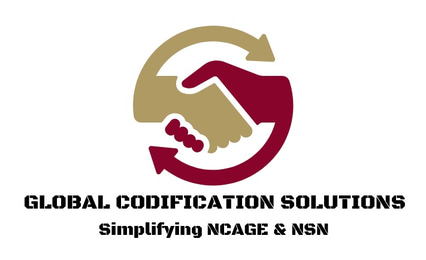Understanding NCAGE
NATO Commercial and Government Entity Code
Key features of NCAGE
Purpose:
Identify entities in the supply chain for logistics and procurement within NATO and partner countries.
Facilitate efficient communication and exchange of data between suppliers and governments.
Structure:
The NCAGE code is alphanumeric, consisting of five characters.
Example: "A1234" or "1ABCD".
Assignment:
NCAGE codes are assigned by National Codification Bureaus (NCBs) in participating NATO countries.
For entities outside NATO countries, the NCAGE is often assigned by a central agency, such as the U.S. Defense Logistics Agency (DLA) in the United States.
Global Use:
NCAGE is a key component in the global procurement and supply processes, and it complements the CAGE Code used in the U.S. system.
Registration:
Organizations must register for an NCAGE code if they want to do business with NATO or with governments that require this code as part of their procurement process.
Applications:
Used in conjunction with systems like SAM (System for Award Management) in the U.S.
Essential for international suppliers to ensure compliance with NATO or allied nation regulations.
NCAGE
The NCAGE Code (NATO Commercial and Government Entity Code) is a unique identifier used to distinguish entities (such as companies, organizations, or government agencies) that interact with the NATO codification system or participate in NATO-related activities. The NCAGE code is part of the larger NATO Codification System (NCS), which standardizes and tracks items of supply within NATO and among its allied countries.
Global Codification Solutions
Expert support for NCAGE Registration and NSN Generation.
© 2024. All rights reserved.
